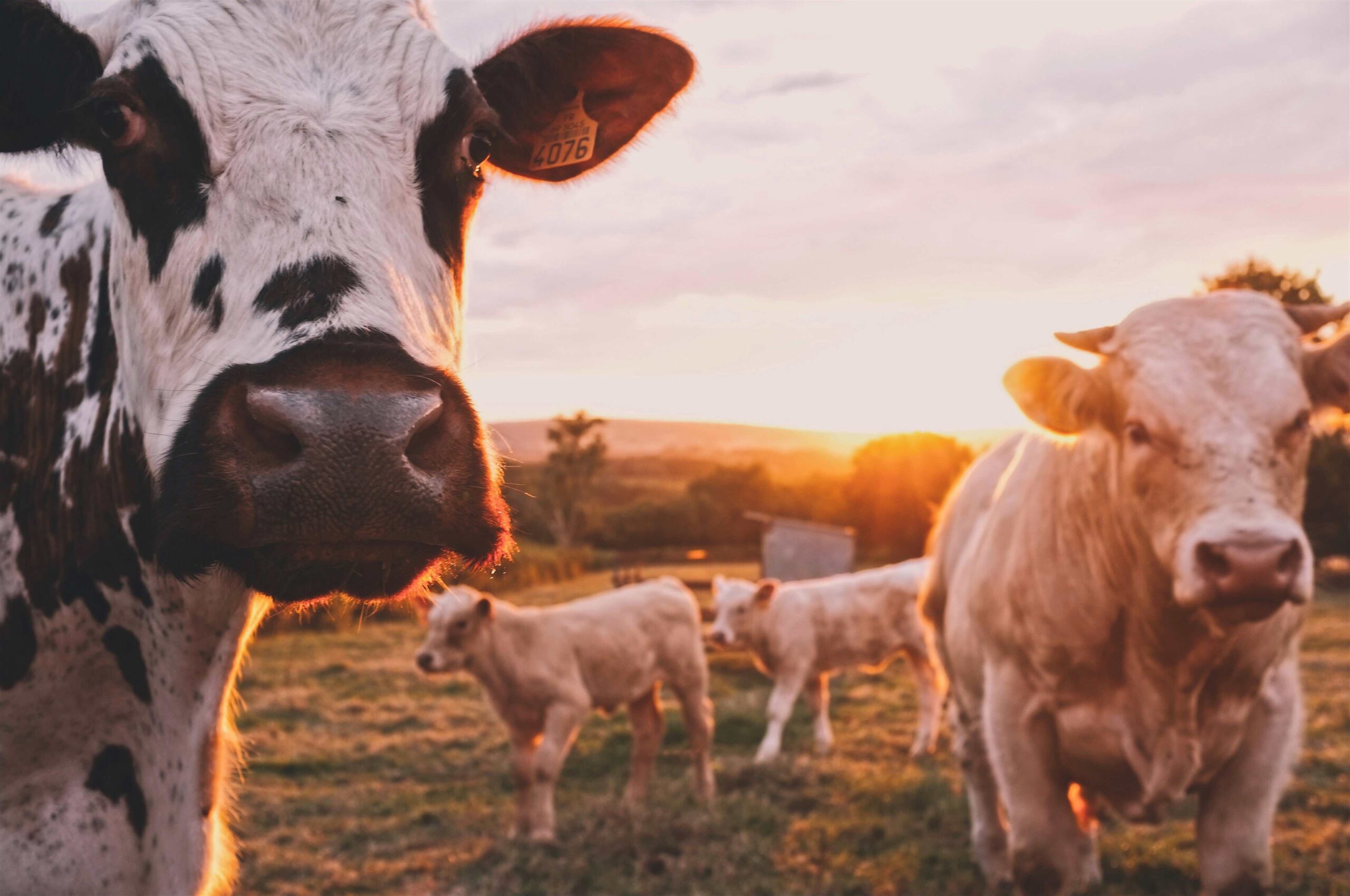The Internet of Things (IoT) is a rapidly growing technology that is being applied in many different industries, including agriculture. IoT in agriculture involves connecting a wide range of devices and sensors to the internet to collect and analyze data, which can help farmers to improve their operations and increase efficiency.
Optimisation
One of the main applications of IoT in agriculture is precision farming. Precision farming involves using data and technology to optimize crop yields and reduce costs. For example, farmers can use IoT-enabled sensors to collect data on soil moisture, temperature, and nutrient levels. The data can be used to create a detailed map of the field. As a result this helps farmers to identify areas that need more water or nutrients. Additionally, farmers can use drones equipped with cameras to collect data on crop health, which can help them to identify and address issues before they become a problem.
Another application of IoT in agriculture is the use of weather sensors. Weather sensors can be used to collect data on temperature, humidity, wind, and precipitation. This data can then be used to create detailed weather forecasts, which can help farmers to plan their operations and take steps to protect their crops from extreme weather. Additionally, weather sensors can be used to trigger irrigation systems, which can help farmers to conserve water and reduce costs.
Management
IoT can also be used in Livestock management. IoT-enabled devices such as ear tags and neckbands can be used to track the location and activity of livestock. This data can then be used to create detailed maps of the pasture, which can help farmers to identify areas that need more attention. Additionally, farmers can use IoT-enabled sensors to monitor the health of their livestock, which can help them to identify and address issues before they become a problem.
IoT can also be used in Greenhouse Management. Greenhouses are a controlled environment, which makes them ideal for IoT applications. IoT-enabled sensors can be used to collect data on temperature, humidity, and light levels. This data can then be used to create detailed maps of the greenhouse, which can help farmers to identify areas that need more attention. Additionally, farmers can use IoT-enabled systems to control the temperature, humidity, and light levels in the greenhouse, which can help them to optimize crop yields and reduce costs.
Automation
Another application of IoT in agriculture is the use of automated machinery. IoT-enabled devices can be used to control and monitor tractors, harvesters, and other types of machinery. This can help farmers to improve the efficiency of their operations and reduce costs. Additionally, farmers can use IoT-enabled systems to track the location and activity of their machinery, which can help them to identify and address issues before they become a problem.
Finally, IoT can be used in Supply Chain management, by using IoT-enabled devices and sensors to track the location and condition of goods as they move through the supply chain. This can help farmers to improve the efficiency of their operations and reduce costs. Additionally, farmers can use IoT-enabled systems to track the location and activity of their machinery, which can help them to identify and address issues before they become a problem.
Conclusion
In conclusion, IoT is being applied in many different ways in agriculture. It has the potential to revolutionize the way farmers operate. When connecting a wide range of devices and sensors to the internet, farmers can collect and analyze data to improve their operations and increase efficiency. Precision farming, weather sensing, Livestock management, Greenhouse Management, Automated machinery, Supply Chain management are some of the ways IoT can be applied to Agriculture. These technologies can help farmers to optimize crop yields, reduce costs, and improve the overall productivity and sustainability of their operations.
Talk to us now about how IoT can help your business.

